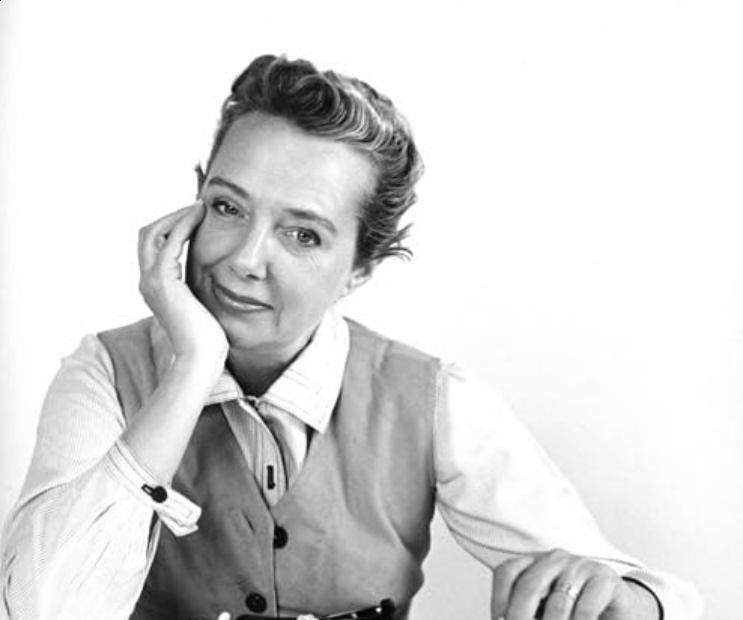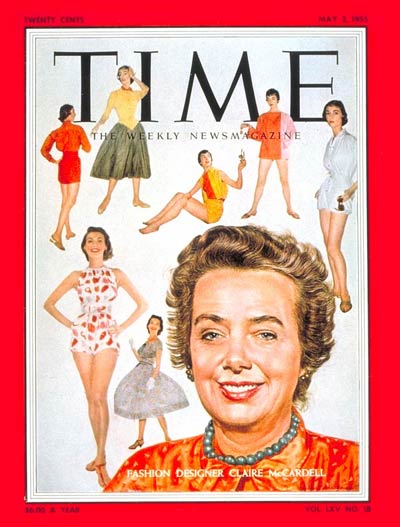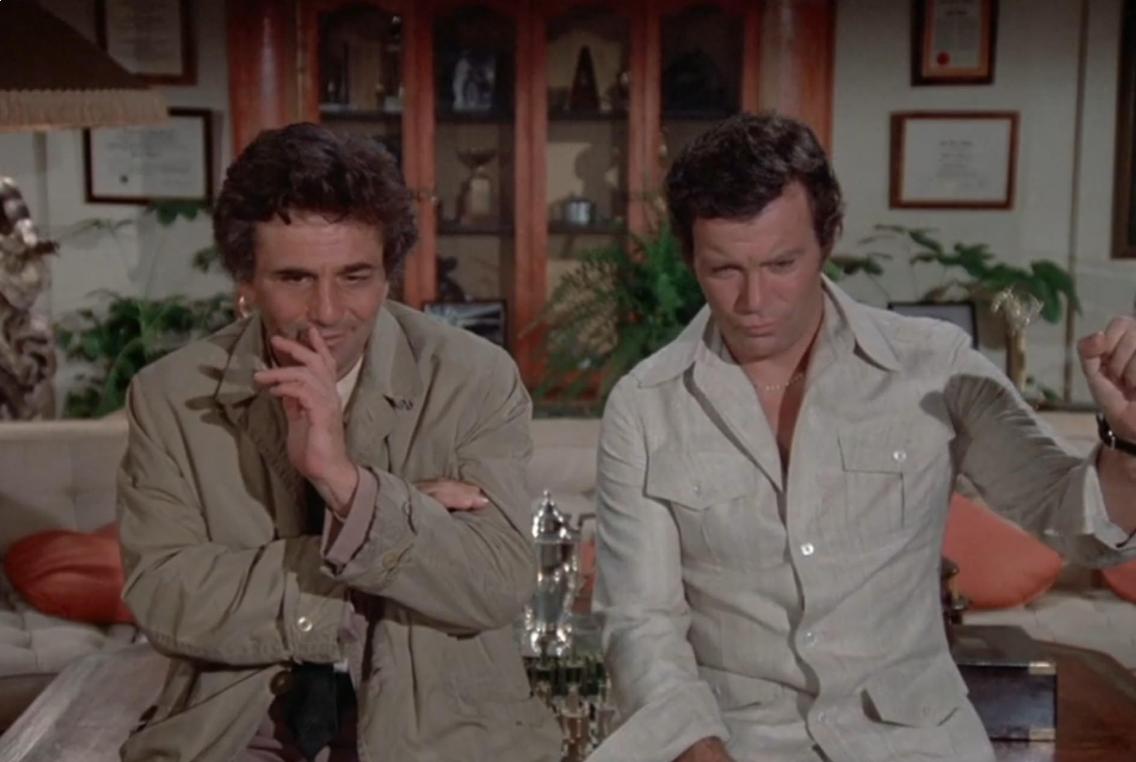
When we think of fashion icons, names like Coco Chanel, Christian Dior, or Alexander McQueen often come to mind. However, the world of fashion is also shaped by individuals who, though less celebrated, have left indelible marks on the industry. One such figure is Claire McCardell, a pioneer of American sportswear whose innovations continue to influence contemporary fashion. Her revolutionary approach to design emphasized functionality, comfort, and style, earning her the title of “the mother of American fashion.”
Early Life and Influences
Born in Frederick, Maryland, in 1905, Claire McCardell grew up in a middle-class family that valued practicality and hard work. Her fascination with fashion began early, but it wasn’t until she enrolled at the Parsons School of Design in New York City that she honed her skills. A brief stint studying in Paris exposed her to the work of French couturiers like Madeleine Vionnet, whose bias-cut techniques and emphasis on the female form greatly influenced McCardell’s approach to design.
Unlike her European counterparts, who focused on haute couture for the elite, McCardell wanted to create clothing that was accessible and practical for everyday women. She believed fashion should be democratic, functional, and beautiful — a philosophy that would define her career.
Breaking the Mold
In the 1930s and 1940s, the American fashion industry was heavily influenced by European styles, often replicating designs from Parisian runways. McCardell, however, sought to break away from this dependency. She introduced a uniquely American aesthetic that celebrated simplicity, innovation, and practicality.
One of her earliest breakthroughs came in 1938 with the “Monastic Dress,” a bias-cut garment that draped gracefully on the body but could be adjusted with a belt to suit any figure. The dress was a hit, offering women both comfort and style. It also marked the beginning of McCardell’s signature approach: creating designs that prioritized the needs and lives of real women.
The Birth of American Sportswear
During World War II, fabric rationing forced designers to adapt, but McCardell turned limitations into opportunities. She began experimenting with unconventional materials like denim, calico, and wool jersey, which were both affordable and durable. Her designs often featured practical details such as large pockets, flat shoes, and easy-to-wear silhouettes that allowed women to move freely.
One of her most iconic creations from this era was the “Popover Dress,” introduced in 1942. Designed as a versatile garment, it could be worn for various activities, from cooking to entertaining guests. The dress came with a matching oven mitt, blending practicality with style. Priced at just $6.95, it was an instant success, selling over 75,000 units in its first season. Today, the “Popover Dress” is considered a precursor to the modern-day wrap dress.
Hallmarks of McCardell’s Design
McCardell’s work was characterized by a few key elements that set her apart from her contemporaries:
- Functional Fabrics: She popularized the use of fabrics like gingham, denim, and wool jersey, materials previously considered too utilitarian for high fashion.
- Unstructured Silhouettes: Her designs often featured loose, flowing shapes that allowed for ease of movement.
- Practical Details: Large pockets, adjustable ties, and washable fabrics were staples of her collections, catering to the practical needs of women.
- Minimalist Aesthetic: Eschewing excessive ornamentation, she focused on clean lines and simple designs that emphasized wearability.
- Playful Yet Timeless: McCardell’s designs often incorporated whimsical elements, like ballet-inspired flats or rope belts, that added a touch of personality without compromising elegance.
Influence on Modern Fashion
Though she passed away in 1958 at the age of 52, McCardell’s influence on fashion is still evident today. Her emphasis on comfort and functionality paved the way for contemporary designers who prioritize practicality without sacrificing style. Brands like Eileen Fisher and Tory Burch, as well as high-street retailers like J.Crew, owe a debt to McCardell’s groundbreaking approach.
Even the athleisure trend, which blends activewear with everyday fashion, can trace its roots back to McCardell’s vision of versatile, functional clothing. Her work also resonated with feminist ideals, as she championed designs that liberated women from restrictive corsets and cumbersome layers, allowing them to participate fully in modern life.
Why Claire McCardell Deserves Recognition

Despite her significant contributions, Claire McCardell remains relatively unknown outside fashion circles. Part of this is due to the nature of her work; she was not a couturier catering to the elite but a designer for the masses. Additionally, her emphasis on practicality over glamour may have made her less appealing to a media landscape that often prioritizes spectacle.
However, McCardell’s legacy deserves to be celebrated. She was a trailblazer who redefined what American fashion could be, creating designs that were both accessible and aspirational. Her work demonstrated that elegance and practicality are not mutually exclusive, a lesson that continues to resonate in today’s fashion industry.
Celebrating McCardell Today
In recent years, there has been a renewed interest in McCardell’s work. The “Claire McCardell Project” at her alma mater, the Parsons School of Design, aims to preserve and promote her legacy. Exhibitions at institutions like the Metropolitan Museum of Art have also highlighted her contributions to American fashion.
For fashion enthusiasts and historians, McCardell’s story is a reminder that innovation often comes from those who dare to challenge the status quo. Her life and work serve as an inspiration, not just for designers, but for anyone striving to make a meaningful impact in their field.
Final Thoughts
Claire McCardell may not have the name recognition of Chanel or Dior, but her influence on fashion is undeniable. She was a visionary who understood that clothing is not just about aesthetics but about how it fits into the lives of those who wear it. By prioritizing comfort, functionality, and accessibility, she changed the way women dressed and lived.
As we continue to celebrate fashion’s biggest names, let us also remember the unsung heroes like McCardell, whose quiet innovations laid the foundation for so much of what we take for granted today. Her story is not just about fashion; it’s about the power of creativity, resilience, and a commitment to making life better for others.







